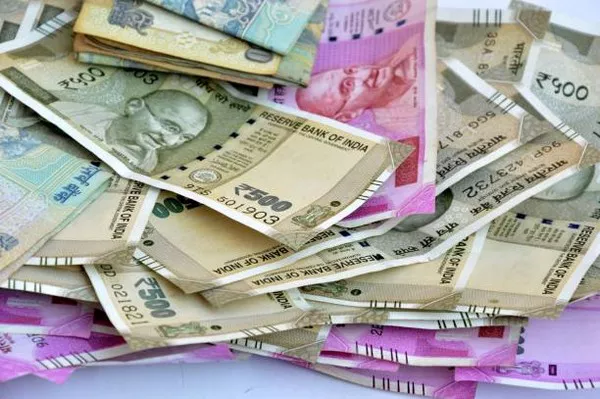In the vast spectrum of currency notes circulating in India, the humble 1 INR note holds a unique position. Despite its small value, it carries significant historical, cultural, and economic importance. From its inception to its current status in the digital age, the journey of the 1 INR note is both intriguing and illuminating. In this comprehensive guide, we delve into every aspect of the 1 INR note, exploring its history, design, significance, and potential future.
1. Introduction
The 1 INR note, often overshadowed by higher denominations, plays a crucial role in the Indian monetary system. It symbolizes the accessibility of currency to every stratum of society, reflecting the Reserve Bank of India’s commitment to financial inclusivity. Despite its nominal value, the 1 INR note embodies the nation’s economic resilience and stability.
2. Historical Evolution
The genesis of the 1 INR note traces back to the colonial era when India was under British rule. Initially, the currency notes were issued by various regional banks and princely states. However, with the establishment of the Reserve Bank of India in 1935, the centralized issuance of currency commenced. The first series of Indian rupee notes included denominations as low as 1 INR, reflecting the need for small-value transactions in everyday commerce.
3. Design and Features
The design of the 1 INR note has undergone several iterations over the years, each reflecting the cultural diversity and historical richness of India. The obverse typically features prominent Indian leaders, historical figures, or national symbols, while the reverse showcases iconic landmarks, flora, and fauna. Despite its diminutive size, the 1 INR note incorporates intricate security features such as watermarks, security threads, and microprinting to deter counterfeiting.
4. Significance in Everyday Transactions
While digital transactions are on the rise, the 1 INR note remains indispensable in everyday transactions, especially in rural and semi-urban areas where access to banking facilities may be limited. From purchasing a cup of chai at a roadside stall to giving alms to the needy, the 1 INR note facilitates countless microtransactions that lubricate the wheels of the informal economy.
5. Symbol of Economic Empowerment
Beyond its utilitarian value, the 1 INR note symbolizes economic empowerment for millions of Indians. It enables financial autonomy, allowing individuals to participate in economic activities, however modest they may be. Moreover, the circulation of 1 INR notes fosters liquidity in the economy, ensuring that even the smallest transactions can be conducted seamlessly.
6. Cultural and Symbolic Significance
In addition to its economic significance, the 1 INR note holds cultural and symbolic importance in Indian society. It serves as a token of goodwill during religious ceremonies, weddings, and festivals, where giving small denominations is considered auspicious. Furthermore, the imagery depicted on the note often resonates deeply with the collective consciousness of the Indian populace, fostering a sense of national pride and identity.
7. Challenges and Controversies
Despite its enduring relevance, the 1 INR note has not been immune to challenges and controversies. Critics argue that the cost of printing and maintaining such low-denomination notes outweighs their economic utility, especially in an era dominated by digital transactions. Moreover, concerns regarding the circulation of counterfeit notes and the environmental impact of currency production have sparked debates about the future of physical currency in India.
8. Future Prospects
As India marches towards a digital future, the role of physical currency, including the 1 INR note, may undergo transformation. While cashless transactions offer convenience and efficiency, they also pose challenges in terms of financial inclusion and privacy. Therefore, the future of the 1 INR note hinges on striking a balance between technological innovation and socioeconomic equity. Whether it continues to be an integral part of India’s monetary landscape or evolves into a relic of the past remains to be seen.
Conclusion
In conclusion, the 1 INR note embodies the ethos of inclusivity, resilience, and cultural heritage that define India’s monetary system. Its journey from colonial times to the digital age is a testament to the nation’s evolution and adaptability. While the future of physical currency may be uncertain, the 1 INR note will always hold a special place in the hearts and wallets of millions of Indians, serving as a tangible reminder of their economic aspirations and cultural heritage.


